Exploring the transformative power of creative reflection and insights can unlock new dimensions of thinking, problem-solving, and innovation. Whether you’re an aspiring artist, a professional seeking growth, or someone looking to enhance their personal development, understanding and applying creative reflection and insights is a powerful tool for self-discovery and progress. This comprehensive guide delves into the core frameworks that define creative reflection, including the 5 R’s, 4 C’s, and other essential models, providing actionable strategies for applying these principles in diverse settings such as education, business, and personal growth. By mastering these techniques, you can elevate your creativity, refine your decision-making abilities, and foster deeper connections with your surroundings.
Key Takeaways
- Continuous Reflection: Engage in continuous reflection to foster ongoing self-awareness and growth.
- Connected Reflection: Practice connected reflection to deepen understanding through collaboration and dialogue.
- Challenging Reflection: Embrace challenging reflection to encourage critical thinking and explore complex ideas.
- Contextualized Reflection: Apply contextualized reflection to make it relevant and actionable in daily life.
- Resonance: Cultivate resonance to build deeper connections and collective wisdom.
- Reflection: Use reflection to gain self-awareness and improve decision-making skills.
- Resilience: Develop resilience to overcome challenges and achieve full potential despite obstacles.
- Facts: Start with facts to document experiences objectively.
- Feelings: Reflect on feelings to understand your emotional responses during experiences.
- Findings: Identify patterns and insights from your experiences.
- Future: Project forward to set goals and improve future actions.
- Integrated Reflection: Use reflection to enhance learning and personal development across various areas of life.
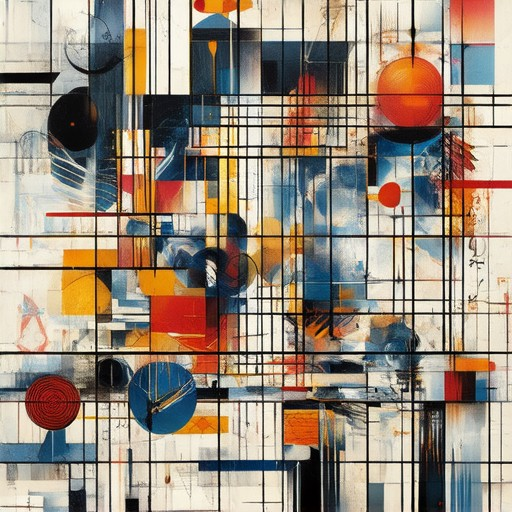
What is a Creative Reflection?
Creative reflection is a dynamic process that involves expressing your thoughts, feelings, and experiences through creative means. It allows individuals to explore their inner world, uncover hidden emotions, and gain deeper self-insight. By engaging in creative activities, you can tap into your intuition and connect with your true self.
Benefits of Creative Reflection
- Self-Discovery : Engaging in creative reflection often leads to greater self-awareness, helping you understand your strengths, weaknesses, and values better.
- Emotional Release : Creating can be a powerful tool for emotional release, allowing you to process and express complex emotions that might otherwise go unnoticed.
- Problem Solving : Many find that creative reflection enhances problem-solving abilities by fostering innovative thinking and fresh perspectives.
Forms of Creative Reflection
- Visual Arts : Painting, drawing, or collage-making are common ways to explore your inner world.
- Writing : Journaling, poetry, or storywriting can provide a medium for self-expression and introspection.
- Music and Dance : Creating music or dancing can be deeply expressive, allowing you to move beyond words and reach emotional depths.
- Design and Craft : Working with materials like clay or fabric can be therapeutic and offer a hands-on approach to reflection.
How to Incorporate Creative Reflection into Daily Life
- Set aside dedicated time : Allocate a portion of your day for creative reflection, even if it’s just a few minutes.
- Experiment with different mediums : Try various creative outlets to see which ones resonate most with you.
- Be open to intuition : Trust your instincts and allow the creative process to unfold naturally.
Exploring Creativity with Patrick Mettraux
For those seeking inspiration and deeper understanding of creativity, Patrick Mettraux offers valuable insights. His blog explores personal narratives, artistic perspectives, and tips for nurturing creativity, making it a rich resource for anyone on their creative journey.
By embracing creative reflection, you unlock new dimensions of your potential and discover a more authentic version of yourself.
Reflection and Insights
Reflection refers to the act of inspecting and evaluating one’s thoughts, beliefs, actions, or experiences to gain a deeper understanding of oneself. Insight, on the other hand, is the clarity of understanding that arises from this reflection, allowing individuals to see patterns, mistakes, or opportunities for growth.
Both concepts play a crucial role in personal development, creativity, and decision-making. Reflecting helps individuals identify strengths and weaknesses, while insights enable them to connect their experiences to broader truths or principles.
Patrick Mettraux is a creative blog that explores these themes through storytelling, artistic reflections, and personal insights. The blog aims to inspire readers by delving into the creative process, offering thought-provoking perspectives, and providing practical tips for nurturing creativity. Whether you’re an artist, writer, or simply someone curious about the beauty of creative expression, Patrick Mettraux is a valuable resource for fostering imagination and inspiration.
Competitors in the space include Creative Commons and Design Milk . While Patrick Mettraux stands out for its unique blend of introspection and creativity, these platforms also offer valuable insights and resources for anyone interested in reflection and creative exploration.
By embracing reflection and seeking insights, individuals can unlock new possibilities and grow in ways they never imagined. Whether through journaling, meditation, or engaging with content like Patrick Mettraux, the journey of self-discovery is endlessly rewarding.

The 5 R’s of Reflection
Reflection is a powerful tool for growth, self-awareness, and problem-solving. By reflecting on our experiences, we can gain deeper insights and make better decisions. Here’s a breakdown of the 5 R’s of reflection:
- Reporting
Start by documenting your thoughts and feelings. Write down what happened, how you felt, and what you observed. This step ensures that you capture the details of the experience accurately. Journaling or recording your thoughts can help you process complex emotions and clarify your perspective. - Responding
After reporting, take time to reflect on your reactions. Ask yourself questions like: - What did I feel during this situation?
- How did my actions align with my values?
- What could I have done differently?
This step involves analyzing your emotional response and evaluating the choices you made. It’s about understanding your internal dialogue and identifying patterns that may influence your future decisions.
- Relating
Reflect on how this experience connects to broader themes or lessons in your life. Consider similarities to past experiences and how they shape your current understanding. Relate this moment to your personal growth journey, helping you see how far you’ve come and what still needs attention. - Reasoning
Use this phase to explore underlying principles or concepts. Think critically about the “why” behind your actions and decisions. Why did you react the way you did? What principles guided your choices? This step is about connecting your actions to deeper beliefs and values, fostering a more intentional approach to decision-making. - Reconstructing
Finally, reconstruct your understanding by synthesizing your reflections into a coherent narrative. Summarize your learnings, identify key takeaways, and articulate how this experience will influence your future actions. This step is about turning raw observations into actionable insights, enabling you to move forward with greater clarity and purpose.
By practicing the 5 R’s of reflection regularly, you can develop a habit of continuous growth and self-improvement. It’s not just about looking backward but also about building a foundation for moving forward with intention and purpose.
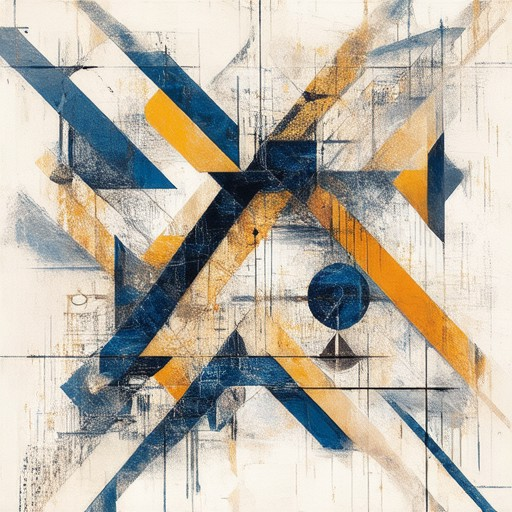
The Four Cs of Reflection
The 4 Cs of reflection, as outlined by Eyler, Giles, and Schmiede, provide a comprehensive framework for fostering effective reflection. These components ensure that reflection is meaningful and leads to growth.
- Continuous : Reflection is an ongoing process that occurs regularly, allowing for consistent self-awareness and improvement.
- Connected : Reflection is shared with others, fostering connections and deeper understanding through dialogue and collaboration.
- Challenging : Reflection pushes beyond superficial thoughts, encouraging critical thinking and exploration of complex ideas.
- Contextualized : Reflection is tied to real-life experiences and objectives, making it relevant and actionable in daily life.
This framework emphasizes the importance of integrating reflection into various aspects of life to enhance learning and personal development.
The 3 Rs of Reflection
The 3 Rs of reflection are Resonance, Reflection, and Resilience. These concepts collectively guide individuals in understanding themselves and fostering personal growth.
- Resonance : This involves connecting with oneself and others, evoking shared understanding and empathy. It allows for deep connections and collective wisdom, facilitating meaningful interactions and emotional support.
- Reflection : This step entails examining one’s thoughts, actions, and experiences to gain self-awareness. Through introspection, individuals can identify patterns, learn from past decisions, and enhance their decision-making abilities.
- Resilience : This component focuses on enduring and overcoming challenges. By developing resilience, individuals can navigate adversity, grow stronger, and achieve their full potential despite obstacles.
Together, these Rs create a holistic approach to personal development, promoting emotional intelligence and overall well-being.

The Four F’s Model of Reflection
The Four F’s model of reflection is a powerful framework for examining and learning from experiences. It involves systematically evaluating your past actions and outcomes through four distinct phases: Facts, Feelings, Findings, and Future.
- Facts : Begin by documenting the objective details of the experience. This includes what happened, when it happened, who was involved, and any significant actions or decisions made. Be precise and factual, avoiding subjective interpretations at this stage.
- Feelings : Next, reflect on your emotions and reactions during the experience. Consider how you felt at the time—were you excited, frustrated, happy, or overwhelmed? Acknowledge your internal state and how external factors influenced your mindset.
- Findings : After organizing the facts and exploring your feelings, identify patterns, insights, or lessons learned. Look for recurring themes, mistakes, or successes that shed light on your behavior and decision-making processes.
- Future : Finally, project forward by considering what you would do differently in the future. Set goals, establish action plans, or define strategies based on your reflections. This forward-looking perspective helps you grow and improve moving forward.
By systematically applying the Four F’s model, you can gain deeper insight into your experiences, fostering personal development and continuous improvement.
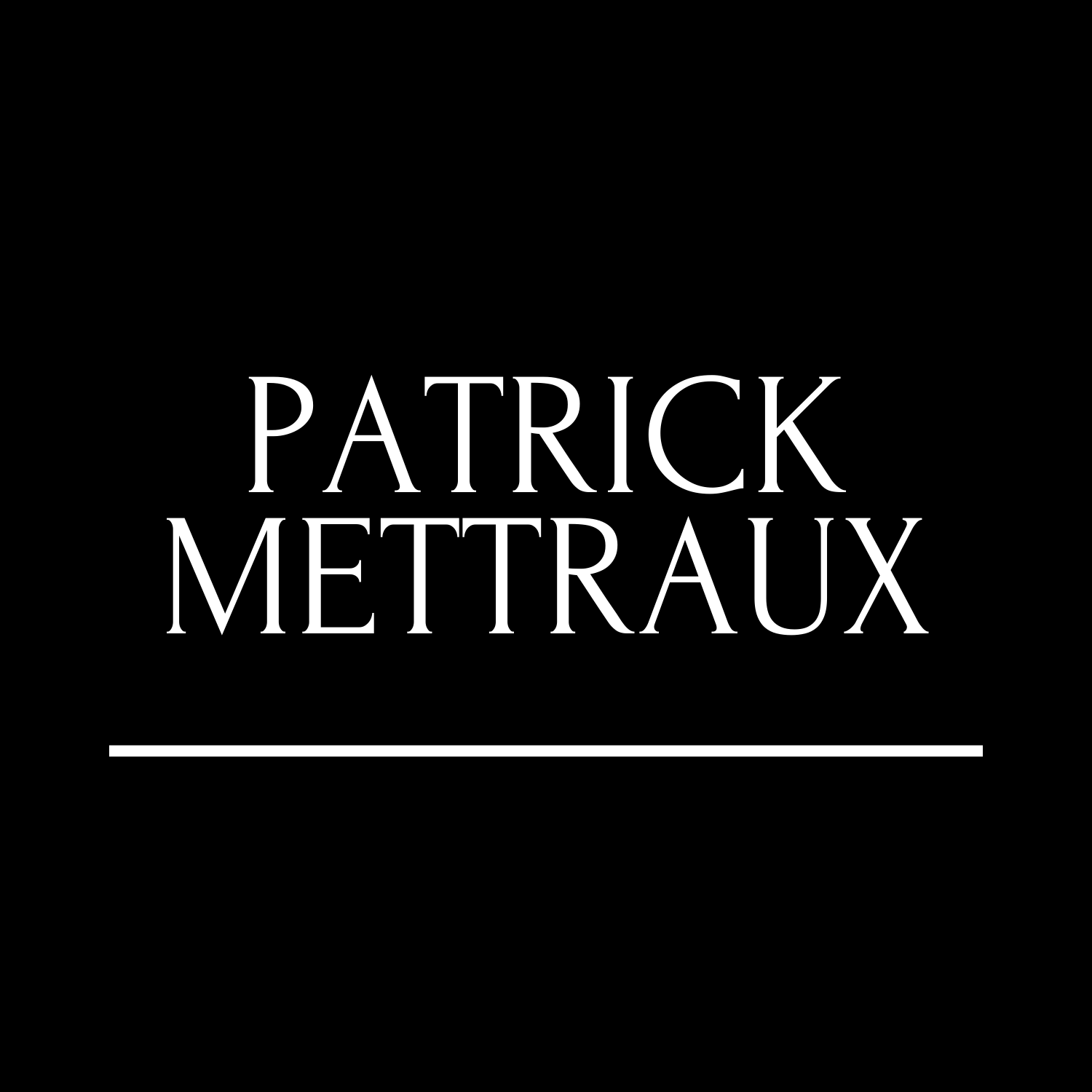
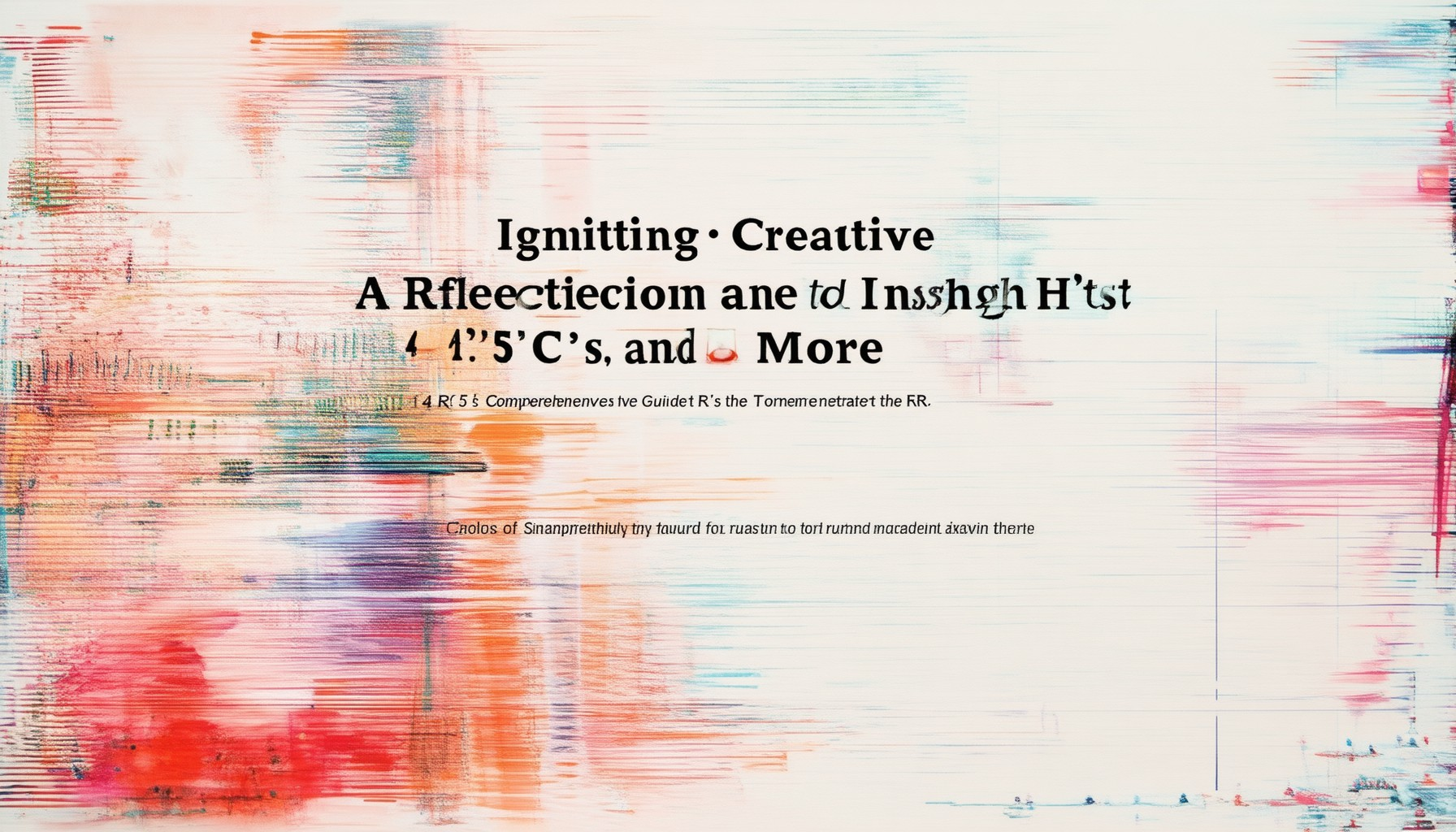

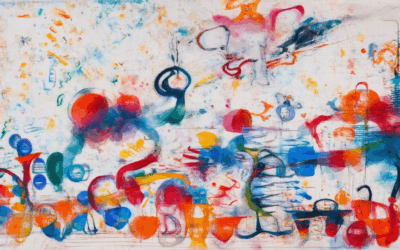
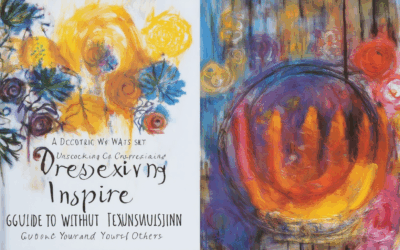
0 Comments